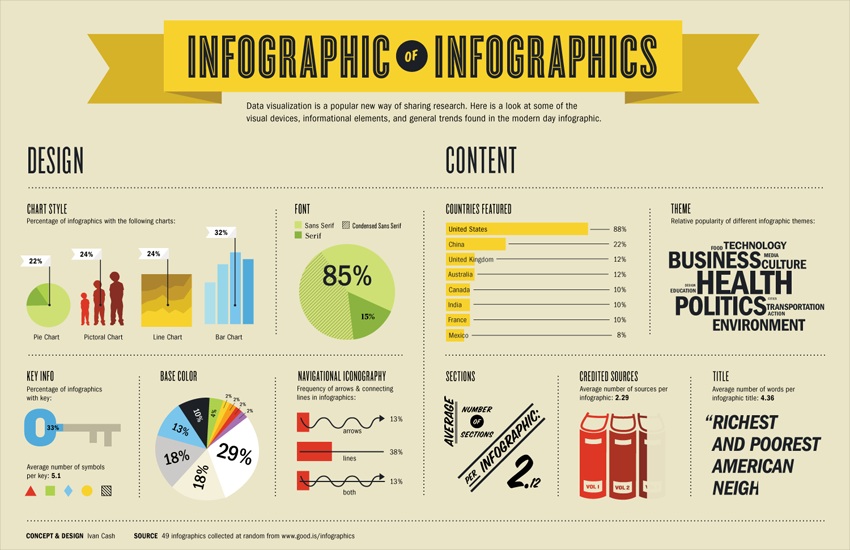So You Want an Infographic: 4 Key Considerations
A couple weeks ago, I attended the Publicity Club of New York’s luncheon on infographics, which featured a panel of creative minds from Huffington Post, CNNMoney, Associated Press and Mashable. All of the speakers were phenomenal and offered valuable advice on infographic development; however, one of the biggest themes discussed was the thought process before the actual creation of an infographic. That said, below are some key considerations before you even begin down the infographic road:
To Draw or Not to Draw
An infographic should tell a story. If you are going through your data and you don’t see a story, then it might be time to call it quits on the infographic front. Doing an infographic for the sake of doing an infographic is not a good idea. Ask yourself if you would be interested in an infographic like that for yourself. If the answer is no, don’t waste your resources.
(Not) Sharing is Caring
Exclusivity is extremely important to large, national publications when it comes to publishing infographics. Once you pitch them an infographic, all they have to do is Google it to see where it else it landed. If they see it on a lot of smaller sites, they have no incentive to post it. A better practice would be to look at your data, find your story and offer them the exclusive – if they like the concept, they can work with you to develop the infographic.
Keeping it in the Family
Many national publications like to design their infographics in house, so that they have complete creative control. Keep this in mind BEFORE you devote time and money to the process. Your infographic may be good, but the publication may not think the style or tone of it is right for their purposes. Just because you made it, doesn’t mean it will get published. Make sure you have the resources to spend before you spend them.
Short and Sweet
Cleverness counts for a lot, but so do simple and clean designs. Don’t feel like you have to crowd the image with elaborate pictures. As a matter of fact, the days of the lengthy, vertical infographic are numbered. These types don’t translate with Pinterest very well, and with the rise of this sharing site, we may see a decline in its numbers. Infographics should be short and simple and sweet, particularly those relating to financial, professional and healthcare services. Additionally, be sure it can talk around the data you’re using – if it sounds like a pure product push, it probably won’t get picked up.
For your viewing pleasure, above is an infographic about infographics by designer Ivan Cash http://ivancash.com/.
Connect with Megan:
Phone: 212.840.1661
Email: megan@blisspr.com
Twitter: @MeganTuckPR
